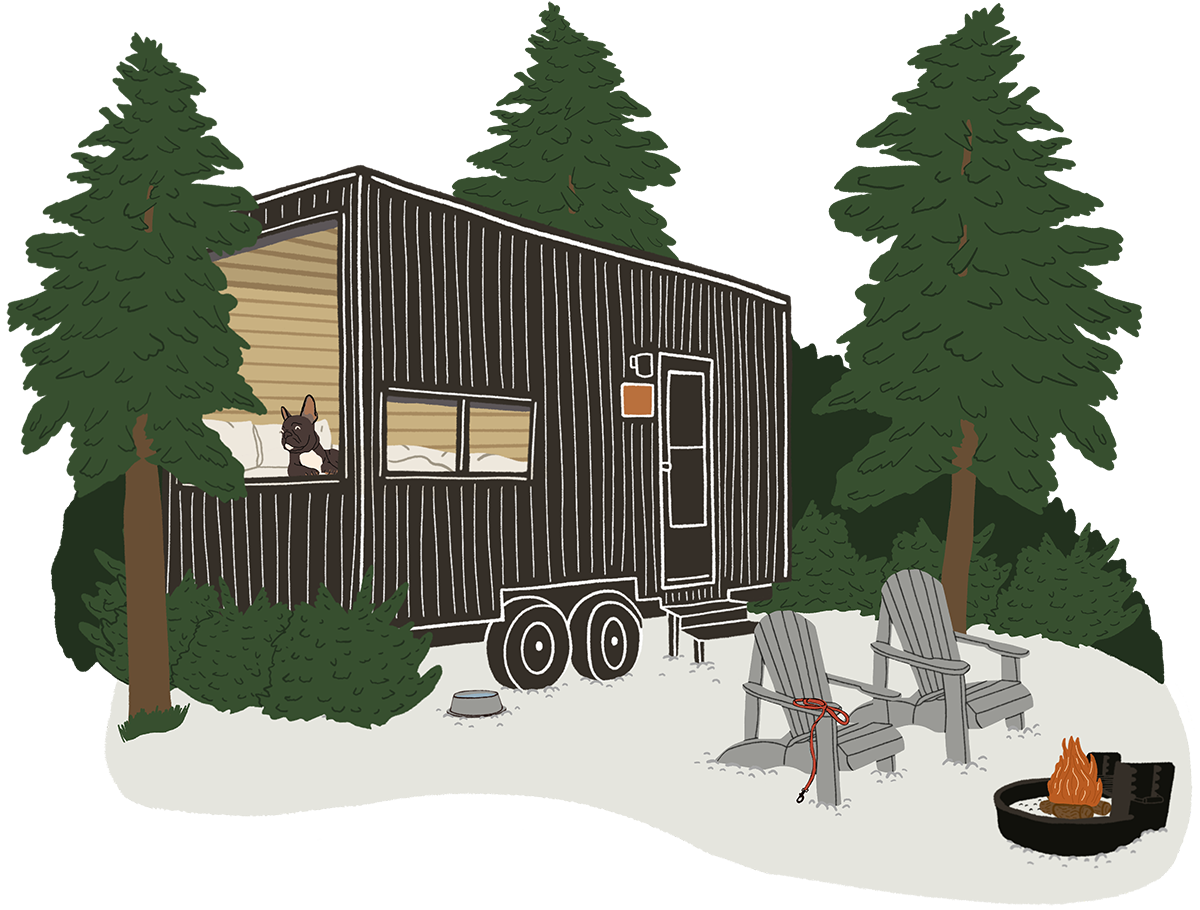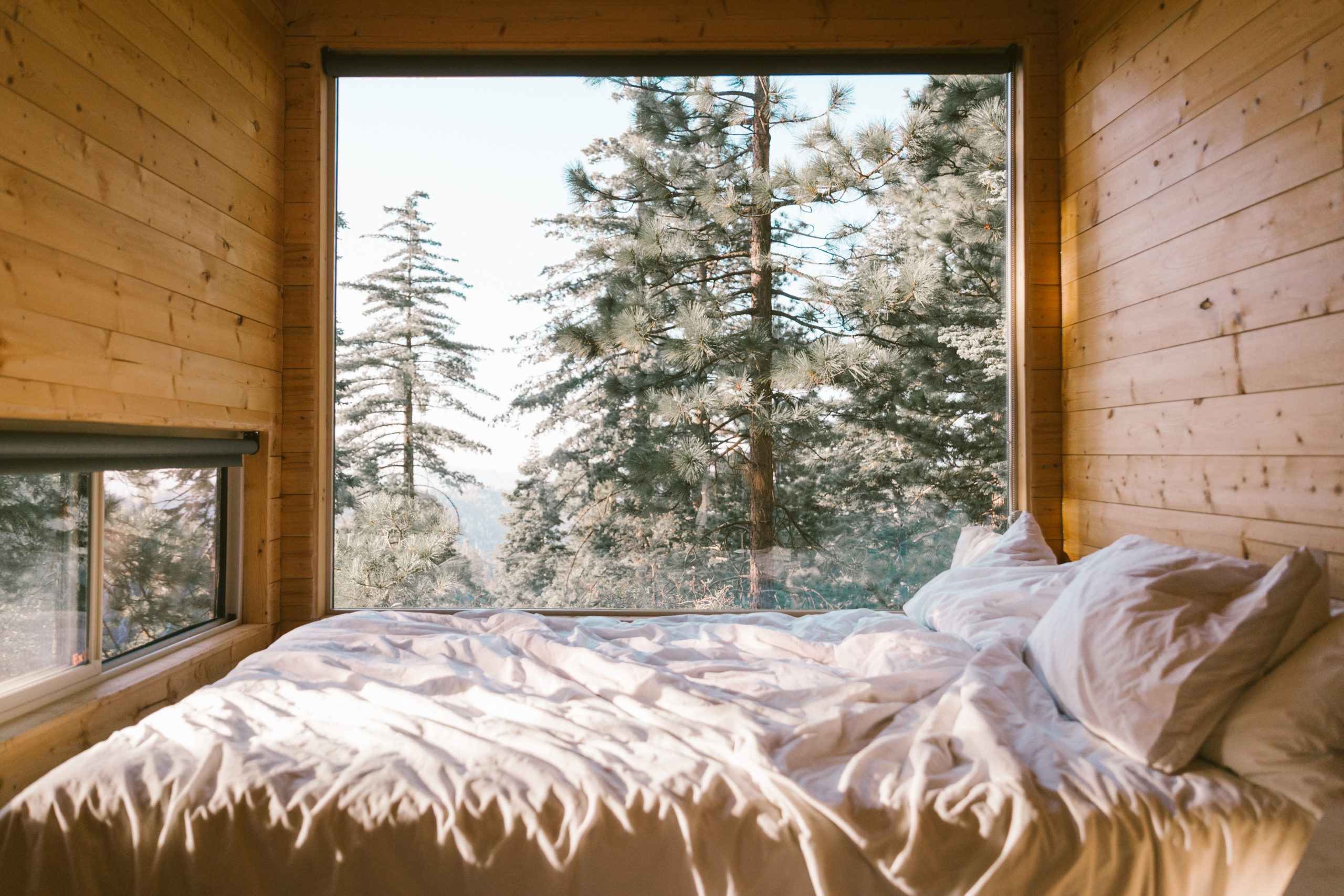Art making is a regular part of our lives when many of us are growing up. But as we get older, folks who pursue careers in the arts often specialize in one form or another, and those of us who don’t consider ourselves “real artists” often fall out of the habit of making any art at all.
It’s a problem worth trying to solve, because art (both making it and consuming it) can enrich our lives in lots of ways. Art has the power to change how we see and experience the world around us. Making art allows us to explore other sides of ourselves and even surprise ourselves. It can also be an important mode of self-expression: a way of translating our thoughts, experiences, and emotions into new forms, then using those forms to connect with others.
You don’t have to possess any special talent or formal education to make art. You just have to be willing to try it out. Here are some ideas to help you start creating again.
Looking for more wellness tips? Check out “Getting Away: 75 Everyday Practices for Finding Balance in Our Always-On World” by our founder, Jon Staff.

1. Carry a Blank Notebook
Carry a blank notebook to capture inspiration when it strikes. Make a conscious effort to notice and record the things that interest and inspire you. Use your notebook as a pressure-free space to jot down rough ideas and sketches. Or take pictures on your smartphone or with a camera to create a visual diary.
2. Carve Out Time
Developing an artistic practice is like developing any other skill: It requires dedicated time. “Step firmly in your path and dare; be wild two hours a day!” advised the Postimpressionist painter Paul Gauguin. If you can’t find two hours in your daily schedule for artistic wildness, start by reserving at least one hour a week.
3. Be Creative Anywhere
When it comes to making art, the sky’s the limit: You don’t need to be sitting in front of an easel, a potter’s wheel, or a grand piano. You can make art from anything you can imagine: gum wrappers, tire tracks, or the movement of your own body.
4. Take a Class
Signing up for an art class will force you to commit to a regular artistic practice, at least for the duration of the course. Take the opportunity to improve on a skill you’ve practiced before, or try something brand new.
5. Make Bad Art
Julia Cameron, the author of the bestselling creativity guide “The Artist’s Way,” keeps a sign in her workspace that reads: I AM WILLING TO MAKE BAD ART. She says, “We must not deny ourselves the dignity of growth… By being willing to make bad art, I am free to make any art — and often, art that is very good.” When you’re willing to make bad art, you’re actually willing to make progress.
6. Schedule a Craft Night
Instead of throwing a dinner party or meeting at the bar, invite friends over for a craft night. Get some basic supplies (like drawing and construction paper, colored pencils and pens, watercolors, glue, etc.) and encourage people to contribute their own craft materials.
7. Check Out Getaway’s Artist Fellowship Program
We offer free overnight stays in our tiny cabins to artists looking to harness their talents in a focused environment surrounded by nature. Anyone involved in creative work is considered a good candidate for the fellowship program.

Ready to plan a creative escape? Book your Getaway today.
